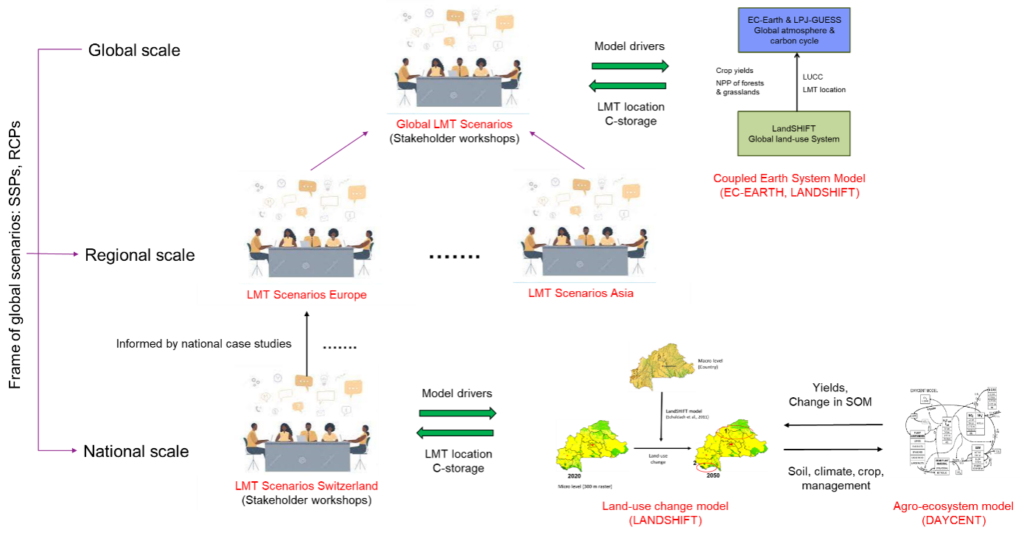Tämän tutkimuksen tarkoituksena on tarkastella, miten Suomen ilmastopolitiikassa pyritään jakamaan kustannuksia eri ryhmien välillä ja mihin periaatteisiin tämä jako perustuu. Vihreä siirtymä aiheuttaa valtavia yhteiskunnallisia kustannuksia. Näiden kustannusten oikeudenmukainen jako on akateemisesti ja yhteiskunnallisesti yhä merkittävämpi keskustelunaihe.
Articles
Este artículo aspira a ser una revisión crítica de las políticas árticas de la UE, particularmente de la más reciente Comunicación de la Unión Europea para el Ártico, de 13 de octubre de 2021, desde una perspectiva geopolítica e histórica.
Access to electric power and land are now key locational issues for the datacentre sector and most Nordic countries are pitching for their business. We use a comparative case analysis to illustrate several interrelated themes in Norway and Iceland, as both develop their datacentre sectors, but to date in differing ways.
Justice has long been central to geographic research but attention to the concept itself has been less explicitly theorized within the discipline. This article specifically traces the ways in which justice has been theorized within human geography.
A fair and equitable low carbon future depends on a just transition which, in turn, requires leadership. Where the Arctic is concerned, this leadership is currently lacking. To gauge which states are most likely to provide leadership in the global energy transition, a quantitative rank-percentile assessment of 21 Arctic Council members and Observer states was conducted, using measures relevant to the just transition.
Digital platforms and the online services that they provide have become an indispensable and ubiquitous part of modern lifestyles, mediating our jobs, hobbies, patterns of consumption and forms of communication. However, no one is steering this development, or closely looking at the impacts that it may have on remote communities in the Arctic and Nordic region, a hotspot for datacenter development.
Both policymakers and the technology industry need to do more to combat the ever-growing demand for data and its associated energy impacts. In this study, based on novel corporate data, expert interviews, focus groups with members of the public, extensive site visits across Greenland, Iceland and Norway and a literature review, we look at the energy and climate impacts of existing and proposed datacenters, both quantitatively and in terms of stakeholder and public perceptions.
The latest IPCC report on Ocean and Cryosphere in a Changing Climate, which builds upon previous IPCC’s reports, established a causal link between anthropogenic impacts and ocean acidification, by noting a significant decrease in the Ocean’s uptake of CO2, with consequent damage to Earth’s ecosystems, which in turn has traceable repercussions on the Arctic Ocean and then from the Arctic to the Planet Earth.
In July 2020, the European External Action Service of the European Commission launched a public consultation on the way forward for the European Union’s Arctic policy. The consultation was held to re-examine the role of the EU in Arctic affairs, to revise the priorities of the current Joint Communication on an integrated European Union policy for the Arctic and the actions thereunder, and to identify possible new policy areas to be developed.
At LANDMARC, we are developing methods and instruments that non-researchers can use to reliably estimate how different land-use practices contribute to climate change mitigation. In our view, this can only be done by bringing in local knowledge at every stage of the research process. Here’s why.

